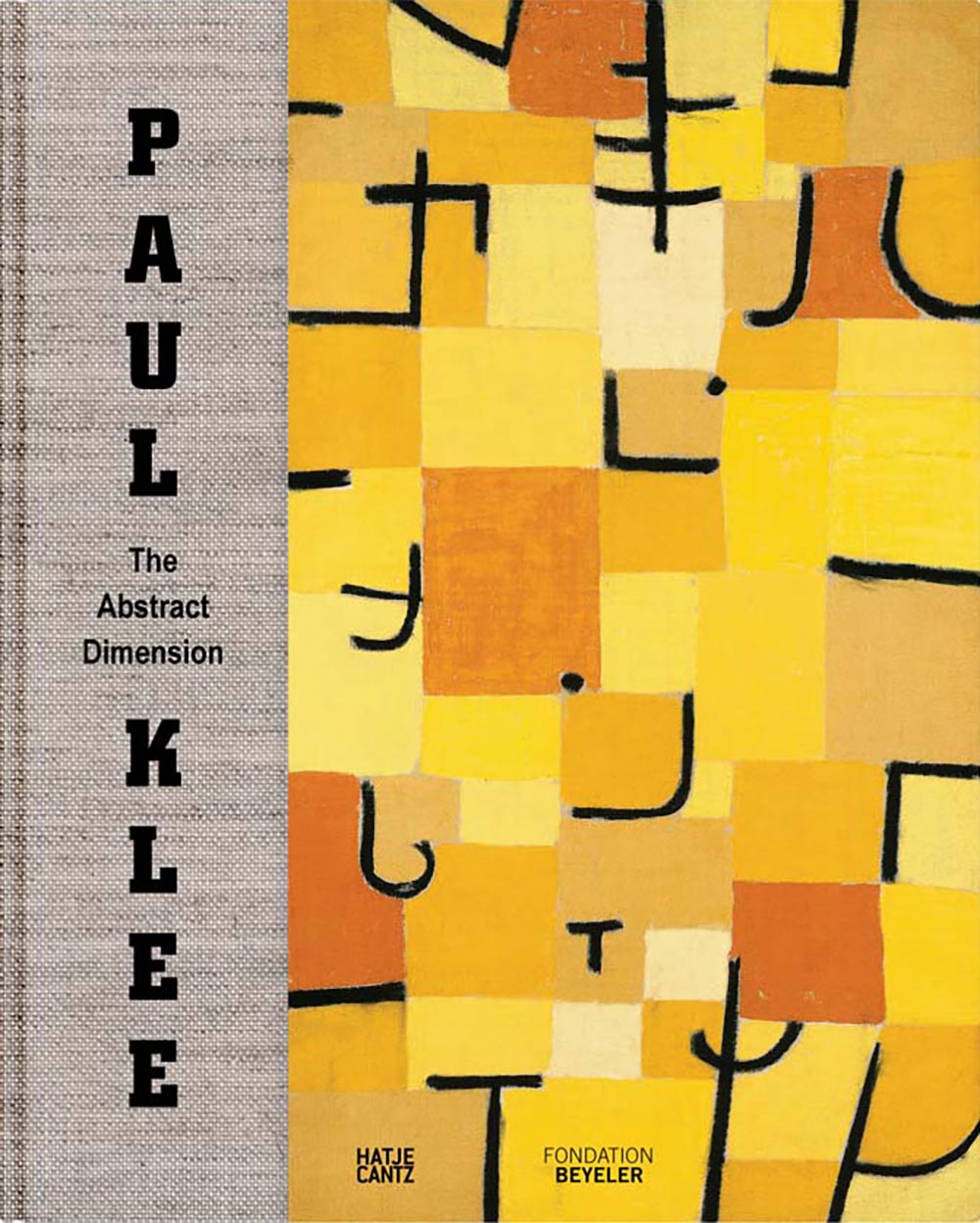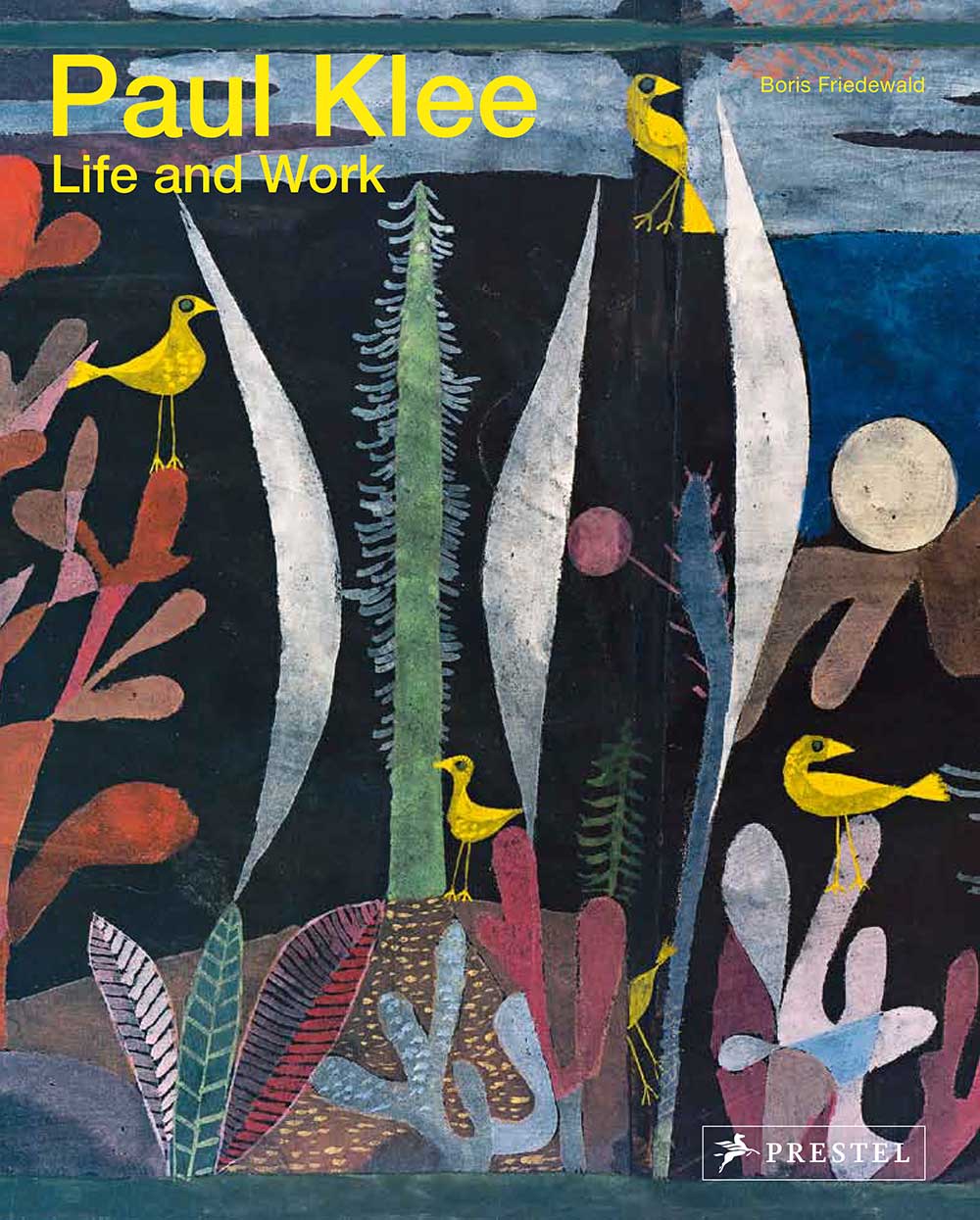Hans Bloesch and Paul Klee: Das Buch
A Joint Project from the Years 1902 to 1905
Text by Hans Bloesch and Paul Klee
Paul Klee and Hans Bloesch met while they were still in school and remained friends all their lives. They also took their first steps as artists together: Bloesch as a writer, Klee as a painter. From 1902 to 1905 they collaborated on an open project, which they simply called "Das Buch" (The Book). Bloesch contributed poems, Klee watercolors and drawings. However, they finally lost interest in it and "Das Buch" was abandoned.
Today it represents an extraordinary discovery because it contains many previously unknown works by Paul Klee and for the first time provides a broad insight into his early artistic development. This volume contains a facsimile of "Das Buch" including transcripts, commentaries, and two essays on this astonishing discovery.
Publisher: Nimbus Books
Artists: Paul Klee
Publication Date: 2019
Dimensions: 8 x 11 1/2 in | 20.3 x 29.2 cm
Pages: 334
Reproductions: 188 color
Language: English, German
ISBN: 9783038500650
Retail: $56 | £43 | €52
Status: Not Available
Paul Klee
Paul Klee was born as a German citizen in Münchenbuchsee near Bern, Switzerland, in 1879. In 1911, he had his first solo exhibition at the Galerie Thannhauser in Munich. In the same year, he met fellow artist Wassily Kandinsky and became acquainted with the expressionist group Der Blaue Reiter (The Blue Rider), exhibiting with them at their second show in 1912. Later that year, after becoming familiar with the art of Pablo Picasso, Georges Braque, and Robert Delaunay during a trip to Paris, Klee began incorporating cubist and other innovative colorist techniques and ideas into his own distinct practice. Two years later, in 1914, Klee traveled to Tunisia with his friends, the artists August Macke and Louis Moilliet, a revelatory experience that the artist credits with further awakening him to color. In 1921, he was appointed to the faculty of the Bauhaus by Walter Gropius, the founder and first director of the school, where he taught and worked as a “form master” from 1921 to 1925, while the school was in Weimar, and as a professor from 1926 to 1931, when the school was located in Dessau.



